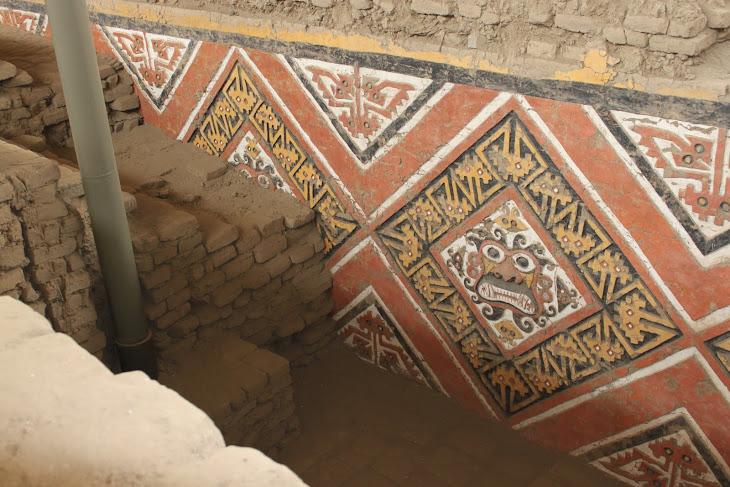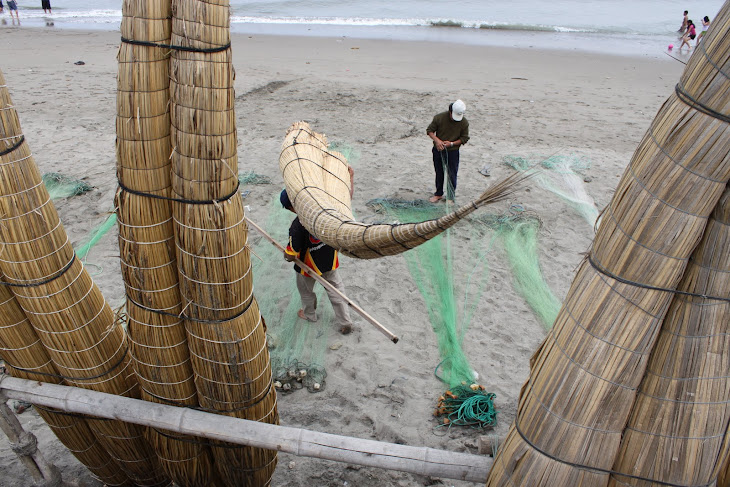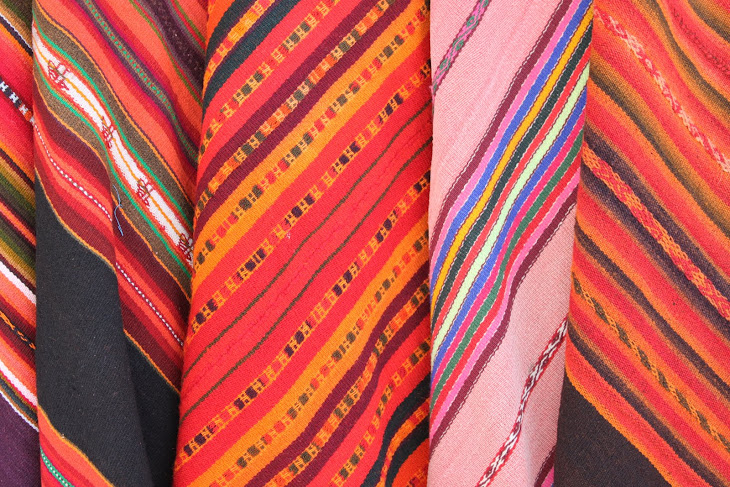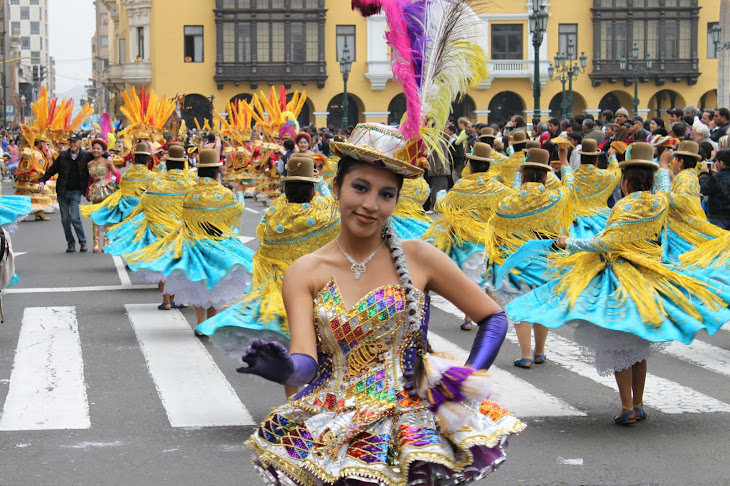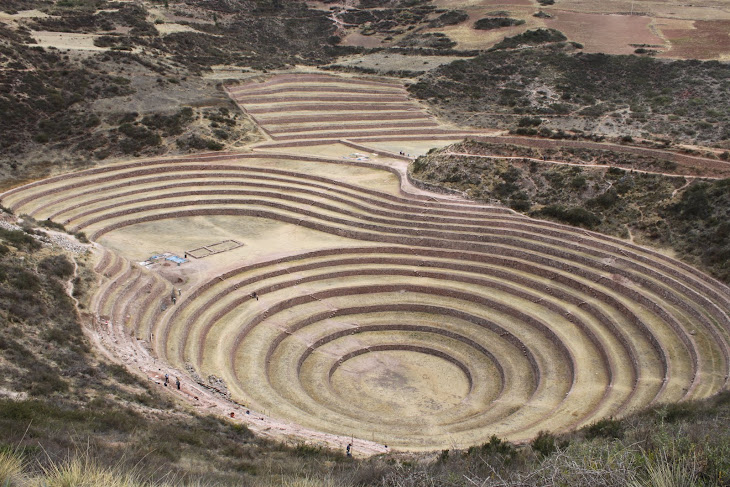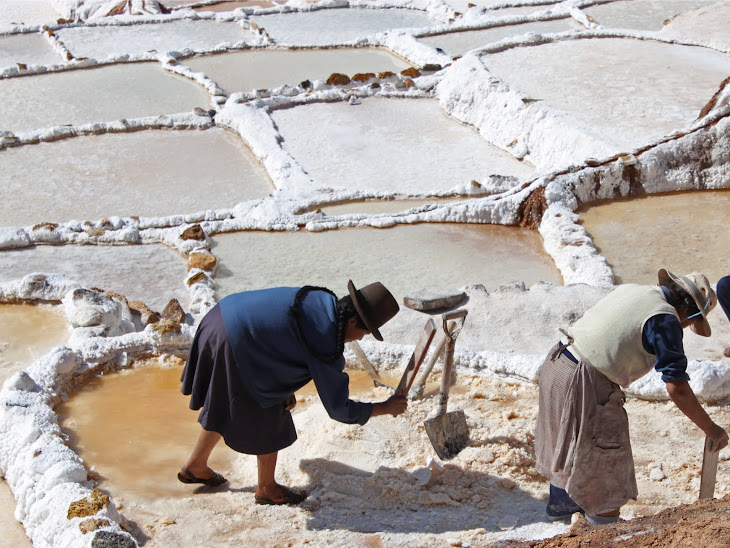Wednesday, June 23, 2010
Boats and bikes in south Vietnam
The Mekong Delta was a series of National Geographic moments, Saigon was a traffic puzzle requiring steely nerves to survive, and Dalat, ah, Dalat has been the antidote to too much time in the tropics. We crossed the border from Cambodia into Vietnam on a boat down the Mekong River. Our first taste of Vietnamese culture surprised us because we never saw the border officials. One of the boat crew took our passports to the officials, and returned half an hour later. We don't know how the officials knew we weren't imposters. Boats and floating buildings are ingrained in the culture of Vietnam's far south. The first hotel we stayed at, in Chau Doc, had a floating restaurant connected by a fragile-looking bamboo stairway where the menu was seafood and warm beer with ice in your glass. People passed by in small boats, some of them honking squeaky toys to indicate that they were collecting recyclables. Everywhere around us were floating homes and businesses. We did a short river trip into the islands of the Mekong delta, where we stayed two nights in the homes of local people, were rowed through the narrow waterways by a woman standing in the rear of our small sampan, and had a mad cycling tour along narrow paths with dozens of wicked little bridges over the canals. At one point our guide recognized some friends having a drinking party to mark the anniversary of the death of a relative. We joined in for about half an hour and drank three or six beers each. Luckily we didn't crash off any of the bridges as we made our drunken way back to our homestay. Saigon was overwhelming after the relatively quiet start in the Mekong area. Picture a city of 10 million, mostly racing around on motorcycles. Crossing the street is so scary we tried to avoid it if possible. You have to shuffle steadily forward as the motorcycle drivers decide whether to swerve in front or behind you. The further you get across the street, the more imprecise the decision-making, and then you have to start watching for motorcycles coming the other way. Cars are another matter. They basically don't budge and honk incessantly to scare everybody else out of the way. Don't even think about crossing in front of a bus. But the food has been excellent ever since we left Cambodia. There are no peppers and we're learning to ask for no MSG (we got someone to write it out in Vietnamese). Carmelized fish cooked in a clay pot, rice paper wrappers with extremely fresh leafy greens, chicken chunks grilled with garlic, french onion soup, rabbit and venison, it's all been tasty. There's even a red wine here in Dalat that's the best we've had in six months, although that's not saying a lot because wine just doesn't survive the tropical heat. Dalat is up in the hills of south-central Vietnam and the days are a bit cooler - high 20s - so we don't have to hide from the midday heat. We trekked up a mountain yesterday, starting at an altitude of 1,400 metres and climbing steep pine-clad slopes to more than 2,100 metres. On the mountain we encountered local kids from the Lat minority climbing trees to collect orchids to sell at the market. Bob used his extra height to help one boy climb a tree with lower limbs just out of reach. Another boy had knocked a beautiful multi-coloured bird out of a tree with a slingshot and pulled it out of his pocket to show us. The result of our four-hour hike was more painful than we expected and showed us how little real strenuous exercise we've actually done since we hit southeast Asia. Again we blame the heat. If we can convince ourselves to leave this slightly cooler part of Vietnam we will soon be headed to the beach at Nha Trang. It's been more than a month since we stayed by the ocean and we miss it. Beach life is part of what we've been loving about this tour.
Wednesday, June 9, 2010
Strange times in Cambodia
It's been a weird time for us since our last post, which was quite a while ago. We have been feeling a bit homesick, a bit tired of restaurants, tired of visiting tourist sites, tired of the heat, tired of touts and beggars, tired of Asia -- tired of travelling, perhaps? We both have had occasional dreams about home. Now they are no longer the job nightmares of the first few months. Instead we both dreamt about going home for the weekend. That's impossible, of course, but there we were, dreaming about seeing family and friends for a few days before resuming our Asian adventure. Weird, huh? Perhaps the negativity at the start of this post can be attributed to our visit to the Killing Fields memorial outside Phnom Penh, Cambodia, and the Genocide Memorial at the main Khmer Rouge torture prison. But how did we get here? In our last post, we were in Ubud headed for 10 days of fun in the Gili islands. The Gilis are three specks on a map and we stayed on Gili Meno, the quiet middle one, which is why we chose it for our rest break. We stayed at the Sunset Gecko and it lived up to its name and our expectations. We chose it for the sunsets and stayed because of the owner's environmental attitude. The resort makes its own biodegradable soap, recycles its grey water in the gardens and spearheaded a composting program for the whole island. Gili Meno is surrounded by coral reefs and is criss-crossed with dirt trails. There's also a trail that encircles the island which took us about 90 minutes to walk. The only other choice of transport besides a bicycle is a horse-drawn cart, which we used one evening to cross to the other side of the island for pizza after dark. Bob tried snorkelling because the coral was so easy to reach straight out from our beach. It took him a while to adjust to the moustache leak, the sound of his own breath and the creepy feeling of hanging over the deep ocean past the coral wall. He went out longer every day, saw thousands of fish and followed a sea turtle, though if he'd known that first day that that would be his only turtle he would have watched it for a lot longer. Karen got to enjoy some of the coral sites when we took a two-hour glass-bottom boat tour. For someone who can't swim and doesn't like boats, she sure has been in a lot of them this year. We read a lot of books while on Gili Meno, mostly flaked out on the beach-side platforms that had huge pillows, a low table and a thatched roof to keep off the afternoon sun. At day's end, they were great places to lean back with a beer and a fresh tuna dinner while watching the sun set over Gili Trawangan and the more distant volcanic mountains of Bali, which dominate the skyline. Ten idyllic days later we bounced back to Ubud and pushed ourselves through a horrific flight combination that included a night in a Kuala Lumpur airport lounge (seats with armrests) listening to a three-year-old shriek for hours on end. But we arrived in one piece in Siem Reap, Cambodia, home of the country's one major (non-genocidal) tourist site -- Angkor Wat. We visited a healthy sampling of the associated Buddhist and Hindu temples which are jaw-droppingly amazing, especially the trees busting through the walls at Ta Prohm and the giant heads and the elephant wall at Angkor Thom. However, after three days in the 35-degree heat we grew temple-tired, even though they all have unique features and designs. So we moved on, taking one of the few six-hour bus rides of our tour. Now we've been in Phnom Penh for three days and it feels like it's been 10. At least we caught Games 4 and 5 of the Stanley Cup finals. Strange scenario: drinking 50-cent draught, the only two people watching the game on a giant screen in an Irish sports bar in Phnom Penh. There's some fine French dining here, but the underlying odour of Cambodia is chasing us away. It smells something like a mix of fish sauce (which they make by letting it rot), composting household garbage and a soupcon of human waste. Which brings us back to our first point. No more temples, no more Asia. Okay, maybe some architecture and scenery in Vietnam, but one more country and then we quit. We just booked our flights out of Hanoi on July 30. That's seven long weeks away and yet it already feels like this tour is almost over. Nine months on the road sure does strange things to your sense of time.
Subscribe to:
Posts (Atom)
